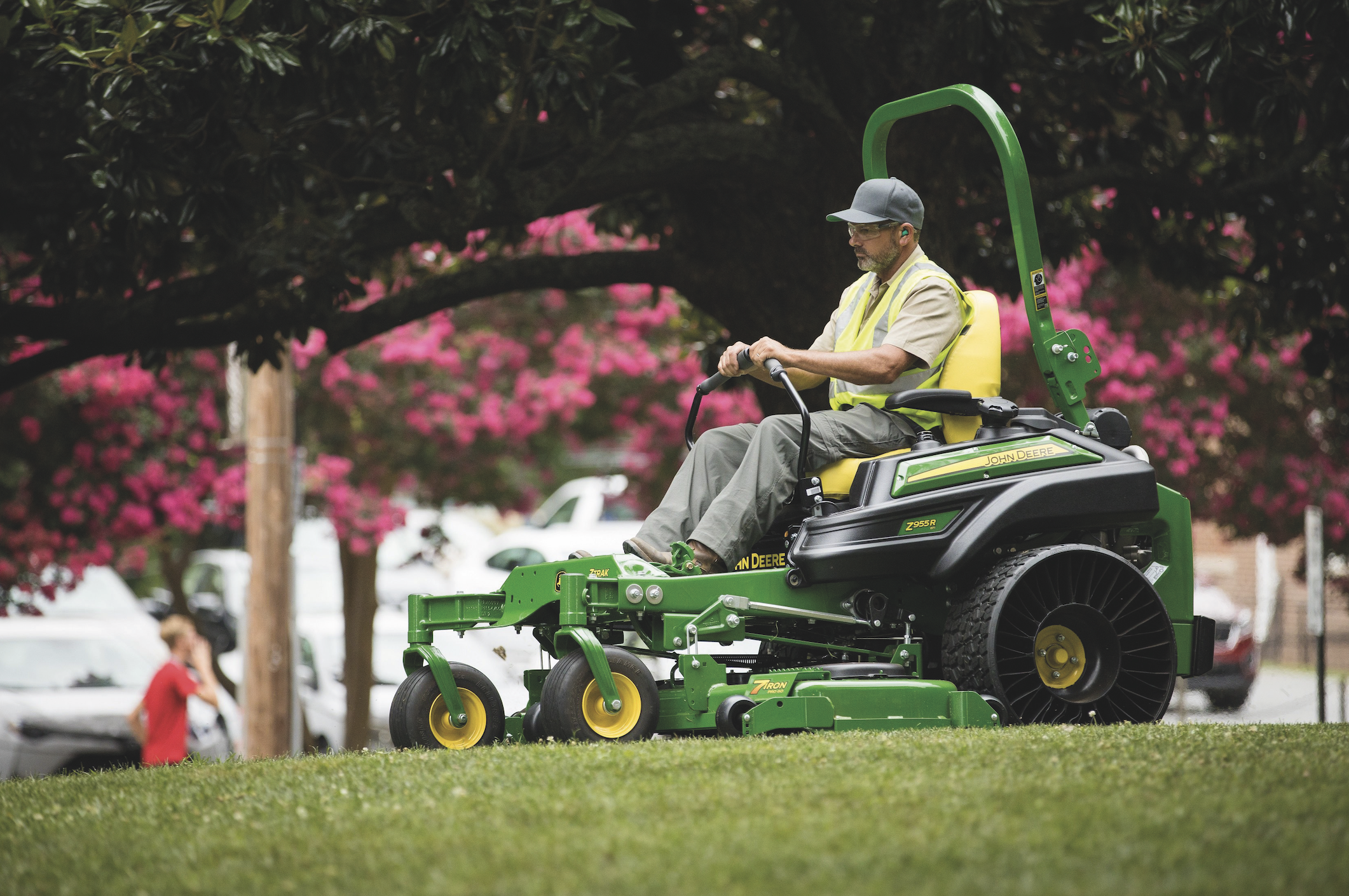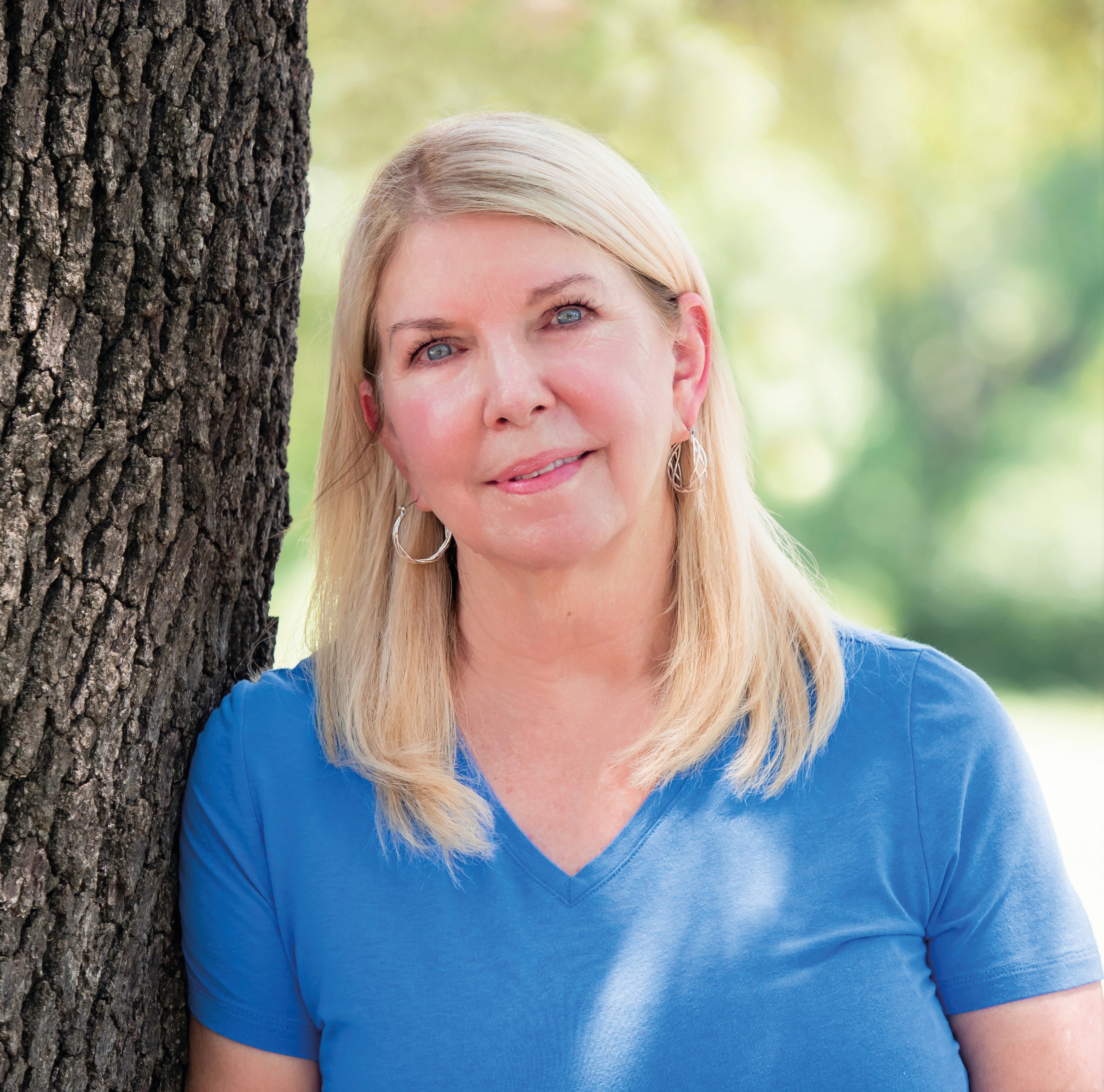Deborah Cole on Managing Shifts in the Business Model
The past two years (2020–2021) have created a lot of speed bumps in our planning and execution of any improvements or new processes. We have heard about the “Great Resignation” and may have even experienced it personally or amongst our staff. Individuals have re-evaluated not only their employment and professions, but have chosen to relocate their homes, their families and their businesses. We might even call this the “Great Life Re-examination.”
If you are not a part of the approximately 30% of Americans who have made major life and goal changes in the past 24 months, you may have at least examined the structure of your business or the markets where you focused. There are 3 common shifts to individual business models in the green industry. With each, the important thing is to consider what are the potential wins and the possible challenges as you move into other economic playgrounds.
1) Move from residential to commercial focus (or vice-versa). Is that one more angry home owner gotten on your last nerve because you didn’t deliver a project on the date scheduled or the crew arrived 15 minutes late/early? Things you might consider as you shift to a commercial customer base rather than residential? Residential profit margins are historically higher. Once you have a residential customer, they typically stay with you without bidding things out so turnover is lower. Commercial projects are larger, more involved requiring more resources. The margins are slimmer and frequently there are many more bidders on installs as well as maintenance.
- Move from HOA work to strictly commercial (or vice-versa). Community managers and board members change regularly and just as soon as you get to know one group, there is a change in staff/members. The new groups have no idea of your collective history or relationship. Homeowner Associations tend to have less experience working with contracts and contractors. HOA managers can be overwhelmed with too many communities to manage and not enough time to meet. Communication is difficult. Maintenance specifications are often non-existent and profit margins can be slim needing to be supplemented by enhancement projects which may or may not occur. On the other hand, commercial property managers seem to have a firm grasp of what is required to maintain a property and are used to working with specs and contracts and contractors.
- Move from installation focus to maintenance focus. These are two very different types of operations requiring different resources, equipment, trucks and staff. There may be a small amount of sharing with enhancements and installation, but maintenance crews need their own resources. Installation has tight margins with no room for error or correction. Maintenance also has smaller profit margins with most of the expense involved in labor (requires LOTS of oversight on labor costs). The beauty of maintenance is that if well executed and managed, the revenue is recurring and a good client/contractor relationship can last for years.

There is value in assessing business models on a yearly basis to determine what opportunities there are for improvement for both business, staff, bottom line and sanity.
ABOUT
Deborah Cole is the founder of a commercial landscape firm with multiple locations throughout Texas. She now devotes herself full-time to speaking, writing, and consulting. deborahcoleconnections.com

Equipment: Zero Turn Mowers
Find Out Why These Zero-Turn Mowers Are A Game Changers in the Market

Horticulture’s Growing Appeal: College Enrollments Hit 10-Year High
Alexandria, VA (September 23, 2024)—New research reveals a resurgence in horticulture degree enrollments across the nation, with bachelor's programs...


 Deborah Cole
Deborah Cole
